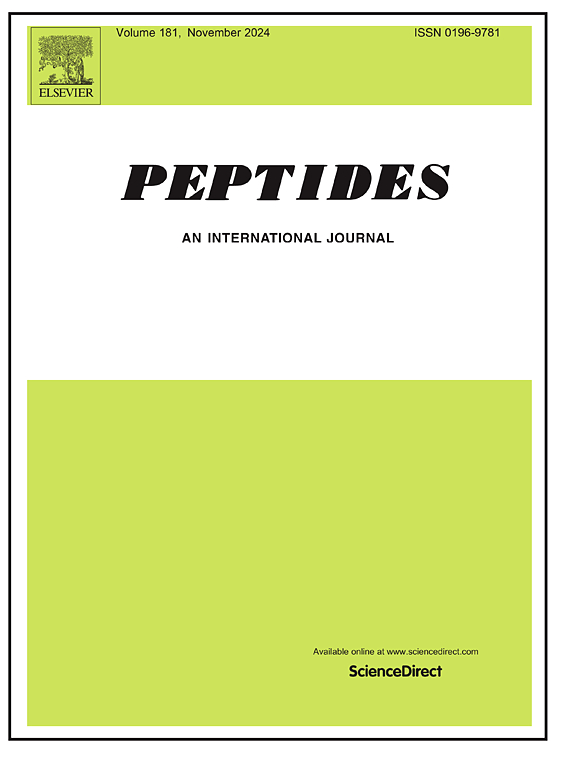Peptide therapeutics: current status and future opportunity with focus on nose-to-brain delivery☆
IF 2.9
4区 医学
Q3 BIOCHEMISTRY & MOLECULAR BIOLOGY
引用次数: 0
Abstract
Peptide drugs are a highly diverse group of therapeutic agents. Over the last decade, more than 40 peptides have been approved for clinical use. They target different structures, ranging from G protein-coupled receptors (GPCRs) to pathogens and are used to treat a variety of indications, including metabolic disorders, genetic diseases, acute illnesses and more. Structurally, peptide therapeutics are a heterogeneous class. This diversity allows them to bridge the gap between small molecules and biologics. However, limited metabolic stability and bioavailability must be addressed. Strategies to improve the half-life include backbone and sequence modification, cyclization and the addition of stabilizing moieties. Great strides have been made in recent years towards achieving sufficient drug uptake for oral application have been achieved within recent years. However, these methods require specialized peptide design or involve permeabilization of the gastrointestinal tract. Consequently, other routes of administration are being explored. One promising approach is the nasal application of peptides. This method can be used for systemic uptake, but also allows for direct nose-to-brain delivery of compounds. While successful nose-to-brain delivery is already used in the clinic, the underlining mechanisms are poorly understood. Strategies for rational optimization are needed to make this method more applicable to a wider range of compounds. Overall, approved peptide therapeutics cover a wide range of applications and have demonstrated a growing and novel potential in recent drug discovery.
肽疗法:目前的现状和未来的机会,重点是鼻子到大脑的输送☆
多肽药物是一组高度多样化的治疗药物。在过去的十年中,超过40种多肽被批准用于临床。它们针对不同的结构,从G蛋白偶联受体(gpcr)到病原体,并用于治疗各种适应症,包括代谢紊乱、遗传疾病、急性疾病等。从结构上讲,肽疗法是一个异质性的类别。这种多样性使它们能够弥合小分子和生物制剂之间的差距。然而,有限的代谢稳定性和生物利用度必须解决。改善半衰期的策略包括主链和序列修饰、环化和添加稳定基团。近年来,在实现口服给药的充分吸收方面取得了巨大进展。然而,这些方法需要专门的肽设计或涉及胃肠道渗透。因此,正在探索其他行政途径。一种有前途的方法是多肽的鼻腔应用。这种方法可以用于全身吸收,但也允许直接通过鼻子到大脑给药。虽然临床上已经成功地使用了鼻到脑输送,但其主要机制尚不清楚。为了使该方法适用于更广泛的化合物,需要合理的优化策略。总的来说,已批准的多肽疗法涵盖了广泛的应用,并在最近的药物发现中显示出不断增长的新潜力。
本文章由计算机程序翻译,如有差异,请以英文原文为准。
求助全文
约1分钟内获得全文
求助全文
来源期刊

Peptides
医学-生化与分子生物学
CiteScore
6.40
自引率
6.70%
发文量
130
审稿时长
28 days
期刊介绍:
Peptides is an international journal presenting original contributions on the biochemistry, physiology and pharmacology of biological active peptides, as well as their functions that relate to gastroenterology, endocrinology, and behavioral effects.
Peptides emphasizes all aspects of high profile peptide research in mammals and non-mammalian vertebrates. Special consideration can be given to plants and invertebrates. Submission of articles with clinical relevance is particularly encouraged.
 求助内容:
求助内容: 应助结果提醒方式:
应助结果提醒方式:


